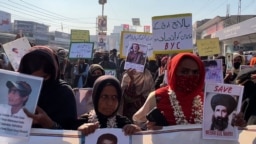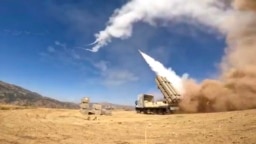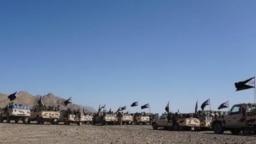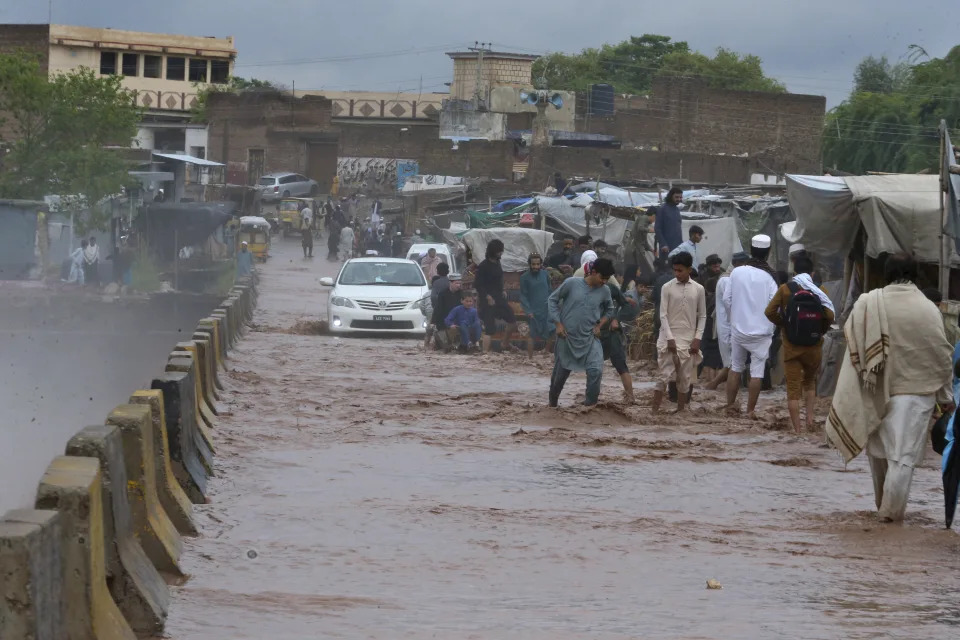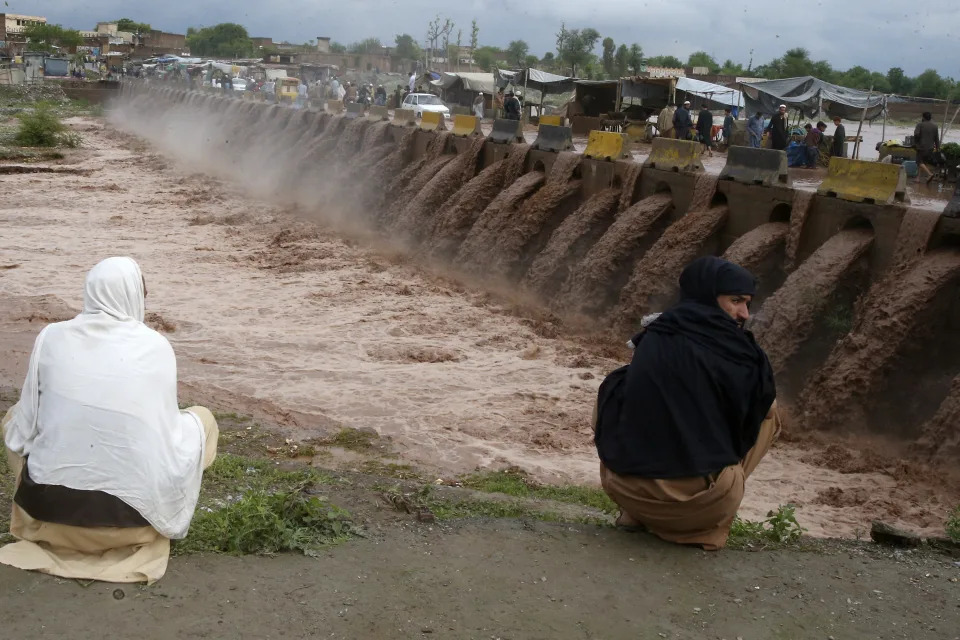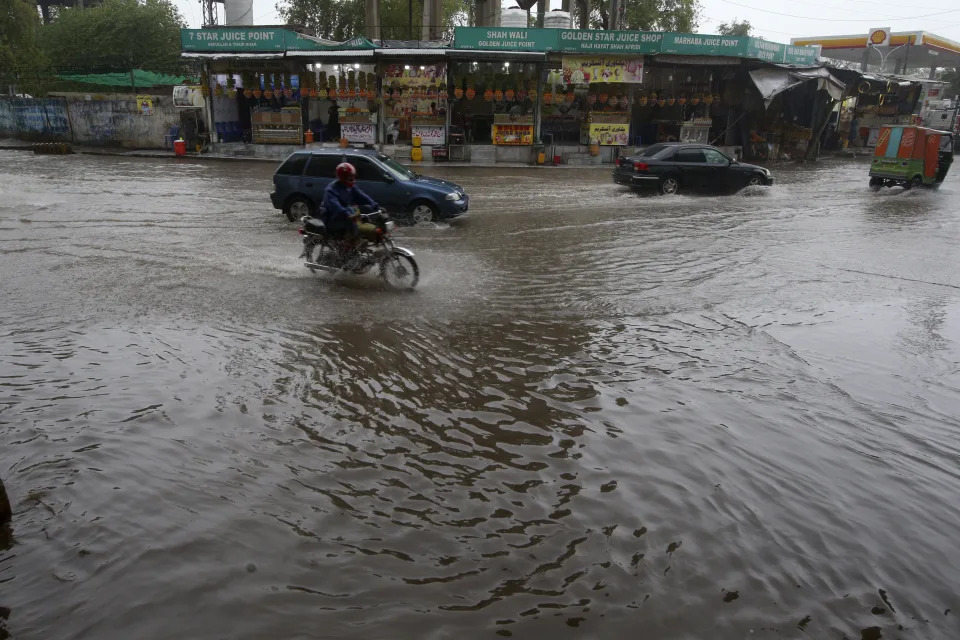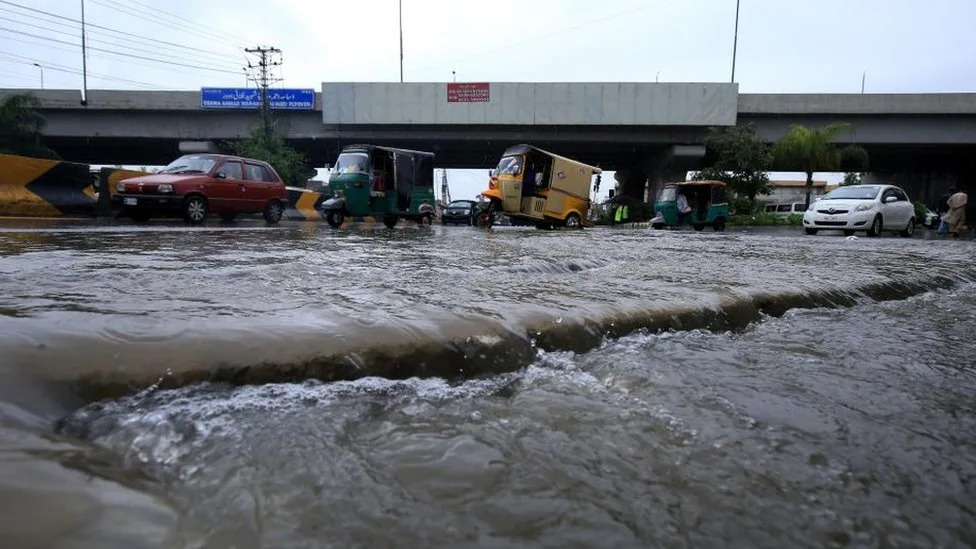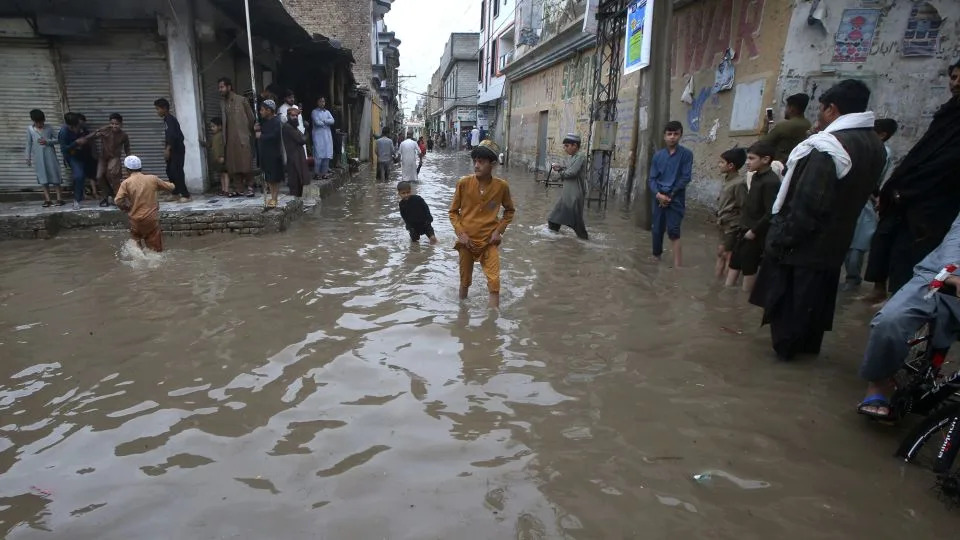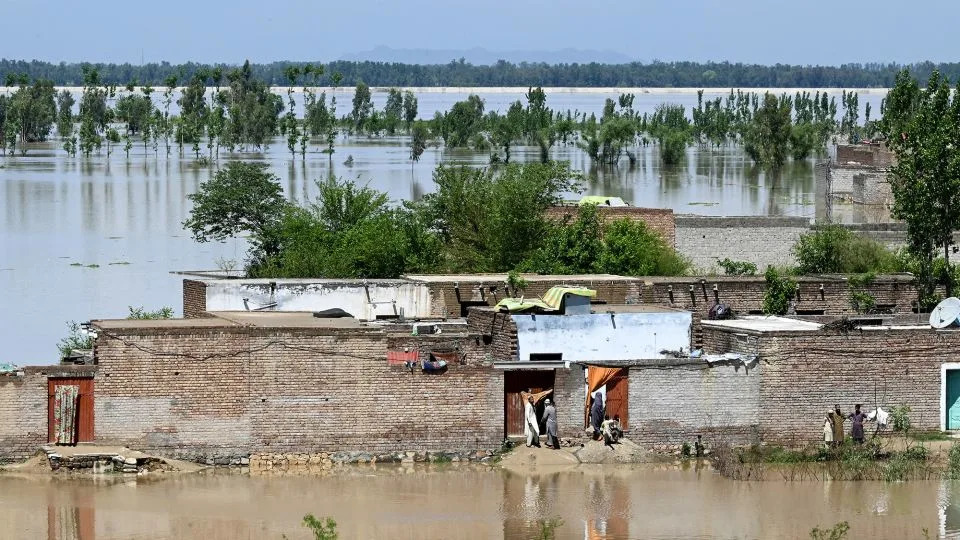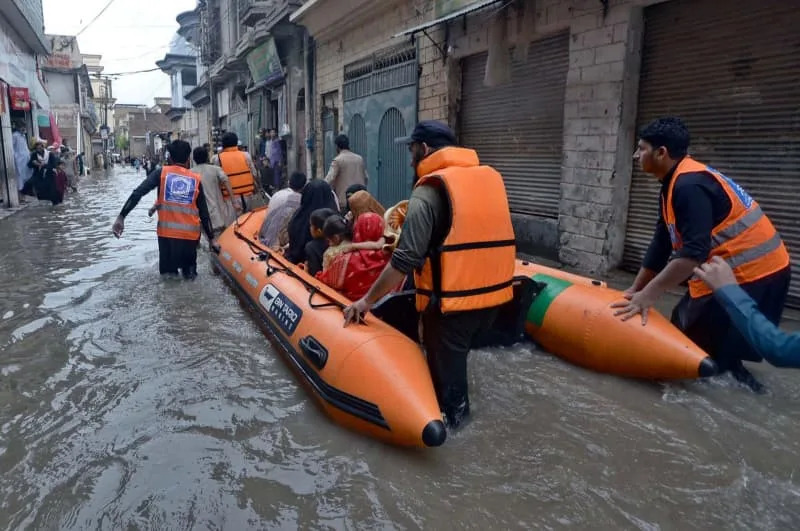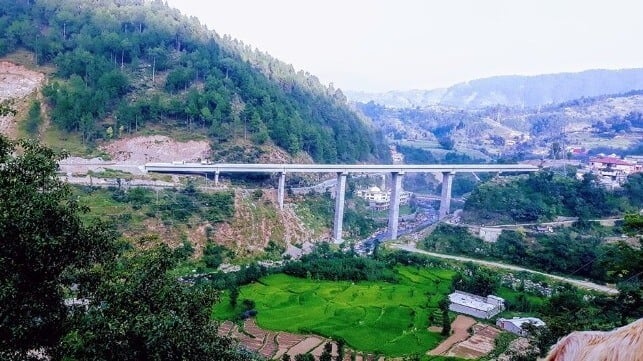The Israeli online magazine +972 has published a detailed report on Israel’s use of an artificial intelligence (AI) system called “Lavender” to target thousands of Palestinian men in its bombing campaign in Gaza. When Israel attacked Gaza after October 7, the Lavender system had a database of 37,000 Palestinian men with suspected links to Hamas or Palestinian Islamic Jihad (PIJ).
Lavender assigns a numerical score, from one to a hundred, to every man in Gaza, based mainly on cellphone and social media data, and automatically adds those with high scores to its kill list of suspected militants. Israel uses another automated system, known as “Where’s Daddy?”, to call in airstrikes to kill these men and their families in their homes.
The report is based on interviews with six Israeli intelligence officers who have worked with these systems. As one of the officers explained to +972, by adding a name from a Lavender-generated list to the Where’s Daddy home tracking system, he can place the man’s home under constant drone surveillance, and an airstrike will be launched once he comes home.
The officers said the “collateral” killing of the men’s extended families was of little consequence to Israel. “Let’s say you calculate [that there is one] Hamas [operative] plus 10 [civilians in the house],” the officer said. “Usually, these 10 will be women and children. So absurdly, it turns out that most of the people you killed were women and children.”
The officers explained that the decision to target thousands of these men in their homes is just a question of expediency. It is simply easier to wait for them to come home to the address on file in the system, and then bomb that house or apartment building, than to search for them in the chaos of the war-torn Gaza Strip.
The officers who spoke to 972+ explained that in previous Israeli massacres in Gaza, they could not generate targets quickly enough to satisfy their political and military bosses, and so these AI systems were designed to solve that problem for them. The speed with which Lavender can generate new targets only gives its human minders an average of 20 seconds to review and rubber-stamp each name, even though they know from tests of the Lavender system that at least 10% of the men chosen for assassination and familicide have only an insignificant or a mistaken connection with Hamas or PIJ.
The Lavender AI system is a new weapon, developed by Israel. But the kind of kill lists that it generates have a long pedigree in U.S. wars, occupations and CIA regime change operations. Since the birth of the CIA after the Second World War, the technology used to create kill lists has evolved from the CIA’s earliest coups in Iran and Guatemala, to Indonesia and the Phoenix program in Vietnam in the 1960s, to Latin America in the 1970s and 1980s and to the U.S. occupations of Iraq and Afghanistan.
Just as U.S. weapons development aims to be at the cutting edge, or the killing edge, of new technology, the CIA and U.S. military intelligence have always tried to use the latest data processing technology to identify and kill their enemies.
The CIA learned some of these methods from German intelligence officers captured at the end of the Second World War. Many of the names on Nazi kill lists were generated by an intelligence unit called Fremde Heere Ost (Foreign Armies East), under the command of Major General Reinhard Gehlen, Germany’s spy chief on the eastern front(see David Talbot, The Devil’s Chessboard, p. 268).
Gehlen and the FHO had no computers, but they did have access to four million Soviet POWs from all over the USSR, and no compunction about torturing them to learn the names of Jews and communist officials in their hometowns to compile kill lists for the Gestapo and Einsatzgruppen.
After the war, like the 1,600 German scientists spirited out of Germany in Operation Paperclip, the United States flew Gehlen and his senior staff to Fort Hunt in Virginia. They were welcomed by Allen Dulles, soon to be the first and still the longest-serving director of the CIA. Dulles sent them back to Pullach in occupied Germany to resume their anti-Soviet operations as CIA agents. The Gehlen Organization formed the nucleus of what became the BND, the new West German intelligence service, with Reinhard Gehlen as its director until he retired in 1968.
After a CIA coup removed Iran’s popular, democratically elected prime minister Mohammad Mosaddegh in 1953, a CIA team led by U.S. Major General Norman Schwarzkopf trained a new intelligence service, known as SAVAK, in the use of kill lists and torture. SAVAK used these skills to purge Iran’s government and military of suspected communists and later to hunt down anyone who dared to oppose the Shah.
By 1975, Amnesty International estimated that Iran was holding between 25,000 and 100,000 political prisoners, and had “the highest rate of death penalties in the world, no valid system of civilian courts and a history of torture that is beyond belief.”
In Guatemala, a CIA coup in 1954 replaced the democratic government of Jacobo Arbenz Guzman with a brutal dictatorship. As resistance grew in the 1960s, U.S. special forces joined the Guatemalan army in a scorched earth campaign in Zacapa, which killed 15,000 people to defeat a few hundred armed rebels. Meanwhile, CIA-trained urban death squads abducted, tortured and killed PGT (Guatemalan Labor Party) members in Guatemala City, notably 28 prominent labor leaders who were abducted and disappeared in March 1966.
Once this first wave of resistance was suppressed, the CIA set up a new telecommunications center and intelligence agency, based in the presidential palace. It compiled a database of “subversives” across the country that included leaders of farming co-ops and labor, student and indigenous activists, to provide ever-growing lists for the death squads. The resulting civil war became a genocide against indigenous people in Ixil and the western highlands that killed or disappeared at least 200,000 people.
This pattern was repeated across the world, wherever popular, progressive leaders offered hope to their people in ways that challenged U.S. interests. As historian Gabriel Kolko wrote in 1988, “The irony of U.S. policy in the Third World is that, while it has always justified its larger objectives and efforts in the name of anticommunism, its own goals have made it unable to tolerate change from any quarter that impinged significantly on its own interests.”
When General Suharto seized power in Indonesia in 1965, the U.S. Embassy compiled a list of 5,000 communists for his death squads to hunt down and kill. The CIA estimated that they eventually killed 250,000 people, while other estimates run as high as a million.
Twenty-five years later, journalist Kathy Kadane investigated the U.S. role in the massacre in Indonesia, and spoke to Robert Martens, the political officer who led the State-CIA team that compiled the kill list. “It really was a big help to the army,” Martens told Kadane. “They probably killed a lot of people, and I probably have a lot of blood on my hands. But that’s not all bad – there’s a time when you have to strike hard at a decisive moment.”
Kathy Kadane also spoke to former CIA director William Colby, who was the head of the CIA’s Far East division in the 1960s. Colby compared the U.S. role in Indonesia to the Phoenix Program in Vietnam, which was launched two years later, claiming that they were both successful programs to identify and eliminate the organizational structure of America’s communist enemies.
The Phoenix program was designed to uncover and dismantle the National Liberation Front’s (NLF) shadow government across South Vietnam. Phoenix’s Combined Intelligence Center in Saigon fed thousands of names into an IBM 1401 computer, along with their locations and their alleged roles in the NLF. The CIA credited the Phoenix program with killing 26,369 NLF officials, while another 55,000 were imprisoned or persuaded to defect. Seymour Hersh reviewed South Vietnamese government documents that put the death toll at 41,000.
How many of the dead were correctly identified as NLF officials may be impossible to know, but Americans who took part in Phoenix operations reported killing the wrong people in many cases. Navy SEAL Elton Manzione told author Douglas Valentine (The Phoenix Program) how he killed two young girls in a night raid on a village, and then sat down on a stack of ammunition crates with a hand grenade and an M-16, threatening to blow himself up, until he got a ticket home.
“The whole aura of the Vietnam War was influenced by what went on in the “hunter-killer” teams of Phoenix, Delta, etc,” Manzione told Valentine. “That was the point at which many of us realized we were no longer the good guys in the white hats defending freedom – that we were assassins, pure and simple. That disillusionment carried over to all other aspects of the war and was eventually responsible for it becoming America’s most unpopular war.”
Even as the U.S. defeat in Vietnam and the “war fatigue” in the United States led to a more peaceful next decade, the CIA continued to engineer and support coups around the world, and to provide post-coup governments with increasingly computerized kill lists to consolidate their rule.
After supporting General Pinochet’s coup in Chile in 1973, the CIA played a central role in Operation Condor, an alliance between right-wing military governments in Argentina, Brazil, Chile, Uruguay, Paraguay and Bolivia, to hunt down tens of thousands of their and each other’s political opponents and dissidents, killing and disappearing at least 60,000 people.
The CIA’s role in Operation Condor is still shrouded in secrecy, but Patrice McSherry, a political scientist at Long Island University, has investigated the U.S. role and concluded, “Operation Condor also had the covert support of the US government. Washington provided Condor with military intelligence and training, financial assistance, advanced computers, sophisticated tracking technology, and access to the continental telecommunications system housed in the Panama Canal Zone.”
McSherry’s research revealed how the CIA supported the intelligence services of the Condor states with computerized links, a telex system, and purpose-built encoding and decoding machines made by the CIA Logistics Department. As she wrote in her book, Predatory States: Operation Condor and Covert War in Latin America:
“The Condor system’s secure communications system, Condortel… allowed Condor operations centers in member countries to communicate with one another and with the parent station in a U.S. facility in the Panama Canal Zone. This link to the U.S. military-intelligence complex in Panama is a key piece of evidence regarding secret U.S. sponsorship of Condor…”
Operation Condor ultimately failed, but the U.S. provided similar support and training to right-wing governments in Colombia and Central America throughout the 1980s in what senior military officers have called a “quiet, disguised, media-free approach” to repression and kill lists.
The U.S. School of the Americas (SOA) trained thousands of Latin American officers in the use of torture and death squads, as Major Joseph Blair, the SOA’s former chief of instruction described to John Pilger for his film, The War You Don’t See:
“The doctrine that was taught was that, if you want information, you use physical abuse, false imprisonment, threats to family members, and killing. If you can’t get the information you want, if you can’t get the person to shut up or stop what they’re doing, you assassinate them – and you assassinate them with one of your death squads.”
When the same methods were transferred to the U.S. hostile military occupation of Iraq after 2003, Newsweek headlined it “The Salvador Option.” A U.S. officer explained to Newsweek that U.S. and Iraqi death squads were targeting Iraqi civilians as well as resistance fighters. “The Sunni population is paying no price for the support it is giving to the terrorists,” he said. “From their point of view, it is cost-free. We have to change that equation.”
The United States sent two veterans of its dirty wars in Latin America to Iraq to play key roles in that campaign. Colonel James Steele led the U.S. Military Advisor Group in El Salvador from 1984 to 1986, training and supervising Salvadoran forces who killed tens of thousands of civilians. He was also deeply involved in the Iran-Contra scandal, narrowly escaping a prison sentence for his role supervising shipments from Ilopango air base in El Salvador to the U.S.-backed Contras in Honduras and Nicaragua.
In Iraq, Steele oversaw the training of the Interior Ministry’s Special Police Commandos – rebranded as “National” and later “Federal” Police after the discovery of their al-Jadiriyah torture center and other atrocities.
Bayan al-Jabr, a commander in the Iranian-trained Badr Brigade militia, was appointed Interior Minister in 2005, and Badr militiamen were integrated into the Wolf Brigade death squad and other Special Police units. Jabr’s chief adviser was Steven Casteel, the former intelligence chief for the U.S. Drug Enforcement Agency (DEA) in Latin America.
The Interior Ministry death squads waged a dirty war in Baghdad and other cities, filling the Baghdad morgue with up to 1,800 corpses per month, while Casteel fed the western media absurd cover stories, such as that the death squads were all “insurgents” in stolen police uniforms.
Meanwhile U.S. special operations forces conducted “kill-or-capture” night raids in search of Resistance leaders. General Stanley McChrystal, the commander of Joint Special Operations Command from 2003-2008, oversaw the development of a database system, used in Iraq and Afghanistan, that compiled cellphone numbers mined from captured cellphones to generate an ever-expanding target list for night raids and air strikes.
The targeting of cellphones instead of actual people enabled the automation of the targeting system, and explicitly excluded using human intelligence to confirm identities. Two senior U.S. commanders told the Washington Post that only half the night raids attacked the right house or person.
In Afghanistan, President Obama put McChrystal in charge of U.S. and NATO forces in 2009, and his cellphone-based “social network analysis” enabled an exponential increase in night raids, from 20 raids per month in May 2009 to up to 40 per night by April 2011.
As with the Lavender system in Gaza, this huge increase in targets was achieved by taking a system originally designed to identify and track a small number of senior enemy commanders and applying it to anyone suspected of having links with the Taliban, based on their cellphone data.
This led to the capture of an endless flood of innocent civilians, so that most civilian detainees had to be quickly released to make room for new ones. The increased killing of innocent civilians in night raids and airstrikes fueled already fierce resistance to the U.S. and NATO occupation and ultimately led to its defeat.
President Obama’s drone campaign to kill suspected enemies in Pakistan, Yemen and Somalia was just as indiscriminate, with reports suggesting that 90% of the people it killed in Pakistan were innocent civilians.
And yet Obama and his national security team kept meeting in the White House every “Terror Tuesday” to select who the drones would target that week, using an Orwellian, computerized “disposition matrix” to provide technological cover for their life and death decisions.
Looking at this evolution of ever-more automated systems for killing and capturing enemies, we can see how, as the information technology used has advanced from telexes to cellphones and from early IBM computers to artificial intelligence, the human intelligence and sensibility that could spot mistakes, prioritize human life and prevent the killing of innocent civilians has been progressively marginalized and excluded, making these operations more brutal and horrifying than ever.
Nicolas has at least two good friends who survived the dirty wars in Latin America because someone who worked in the police or military got word to them that their names were on a death list, one in Argentina, the other in Guatemala. If their fates had been decided by an AI machine like Lavender, they would both be long dead.
As with supposed advances in other types of weapons technology, like drones and “precision” bombs and missiles, innovations that claim to make targeting more precise and eliminate human error have instead led to the automated mass murder of innocent people, especially women and children, bringing us full circle from one holocaust to the next.
Medea Benjamin and Nicolas J. S. Davies are the authors of War in Ukraine: Making Sense of a Senseless Conflict, published by OR Books in November 2022.
Medea Benjamin is the cofounder of CODEPINK for Peace, and the author of several books, including Inside Iran: The Real History and Politics of the Islamic Republic of Iran.
Nicolas J. S. Davies is an independent journalist, a researcher for CODEPINK and the author of Blood on Our Hands: The American Invasion and Destruction of Iraq.




